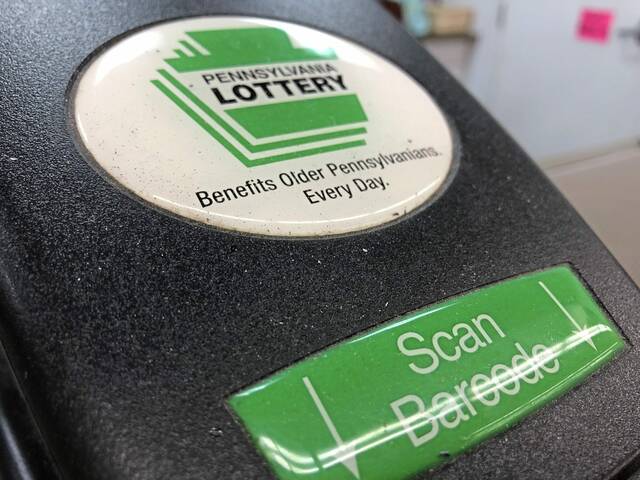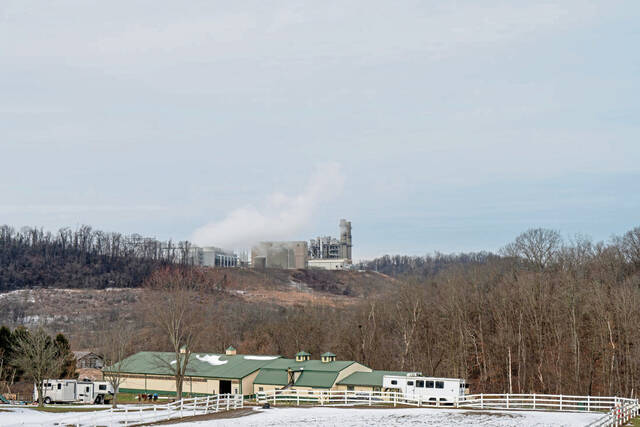The lack of safety belts in a passenger bus involved in a deadly crash Sunday on the Pennsylvania Turnpike could be a critical factor as civil liability issues unfold, a transportation lawyer said.
Three people — the bus driver and two passengers — died when they were ejected from the bus during the crash. A pair of UPS drivers also died in the pre-dawn crash in Mt. Pleasant Township that involved the bus, three tractor-trailers and a passenger car and sent as many as 60 people to area hospitals.
On Tuesday, investigators from the National Transportation Safety Board combed through the wreckage at a work yard near Somerset as they continued preliminary work on an investigation that is expected to last up to two years. Federal safety investigators are seeking answers to the deadly crash as well as recommendations to make travel safer, an NTSB spokeswoman said.
State police are assisting in the investigation as well as conducting a separate inquiry into the cause of the chain-reaction crash that unfolded after the driver of a Z&D Tours bus carrying 56 people from New York to Cincinnati apparently lost control on a downhill curve near mile marker 86.
The mountainous section of highway where the crash occurred was resurfaced in 2019, said Carl DeFebo Jr., a Turnpike Commission spokesman.
Autopsies of the five victims were completed Monday, Westmoreland County Coroner Ken Bacha said. The cause and manner of their deaths have yet to be determined, pending the results of toxicology tests.
The dead included bus driver Shuang Qing Feng, 58, of Flushing, N.Y.; passengers Eileen Zelis Aria, 35, of Bronx, N.Y., and Jaremy Vazquez, 9, of Brooklyn, N.Y.; UPS driver Daniel Kepner, 53, of Lewistown; and Dennis Kehler, 48, of Lebanon, who was teamed with Kepner for the trip.
Three NTSB officials attended the autopsies Monday and requested additional in-depth toxicology tests on the bus driver and the two UPS drivers, Bacha said. Those toxicology kits go beyond blood and urine samples the coroner’s office typically takes and include tissue samples and gastric contents, Bacha said.
While authorities await the results of those investigations, New York-based transportation lawyer Dominique Penson said the families of the deceased and injured bus passengers likely will focus on the lack of passenger safety restraints on the bus.
Authorities confirmed the Z&D bus involved in the turnpike crash did not have passenger seat belts.
Penson has practiced transportation law for 30 years. He said a 2013 law that required buses made after 2016 to include passenger restraints allowed those manufactured before that time to be grandfathered in as meeting safety requirements.
“Most of the buses in use do not have them,” Penson said.
Highway fatalities involving bus passengers are relatively rare. According to the Federal Motor Carrier Safety Administration, there were 221 fatalities in crashes involving passenger buses in 2017. Only 44 of those who died were passengers on buses. The remainder were in other vehicles involved in crashes with buses.
Industry officials argued that the proximity of padded seats would protect passengers, who would be thrown against them in the event of a collision and would be as safe as they would have been with seat belts, Penson said.
“But that argument doesn’t consider rollovers. One of the sad things about an accident like this, where you have a rollover, is it points to some of the frailties of our coach buses and some safety issues,” he said. “Occupants who are belted, they stay in their seats. Other occupants get thrown everywhere.
“I have an ongoing case that involves a bus returning to New York City from a Connecticut casino that crashed on I-95 and 15 people were killed. There were no seat belts, and you end up with 15 people being thrown around the bus.”
Jennifer Homendy, a member of the National Transportation Safety Board, voiced similar concerns as she discussed efforts to ensure bus companies upgrade older coach buses.
“We have issued recommendation after recommendation to the National Highway Traffic Safety Administration to have lap shoulder belts on motor coaches and other vehicles,” she said. “Those haven’t been implemented, yet we continue to see accidents where passengers are ejected.”








